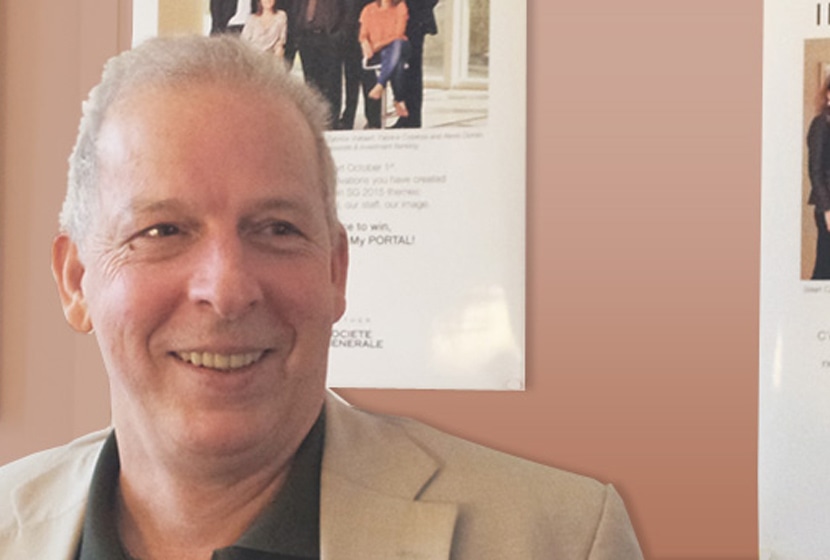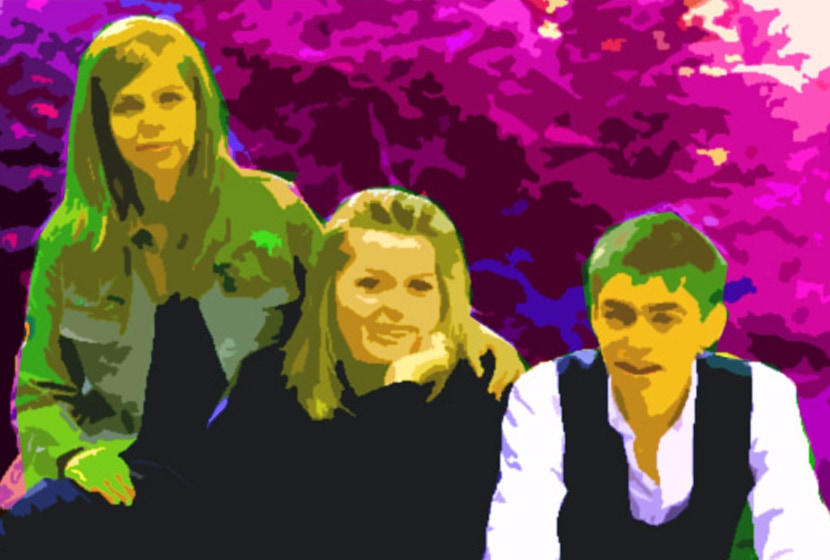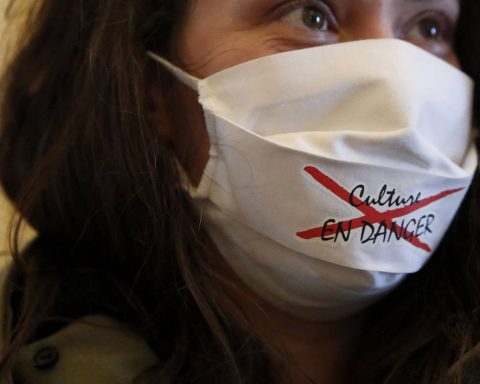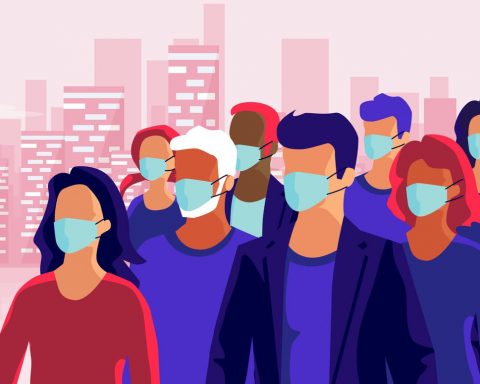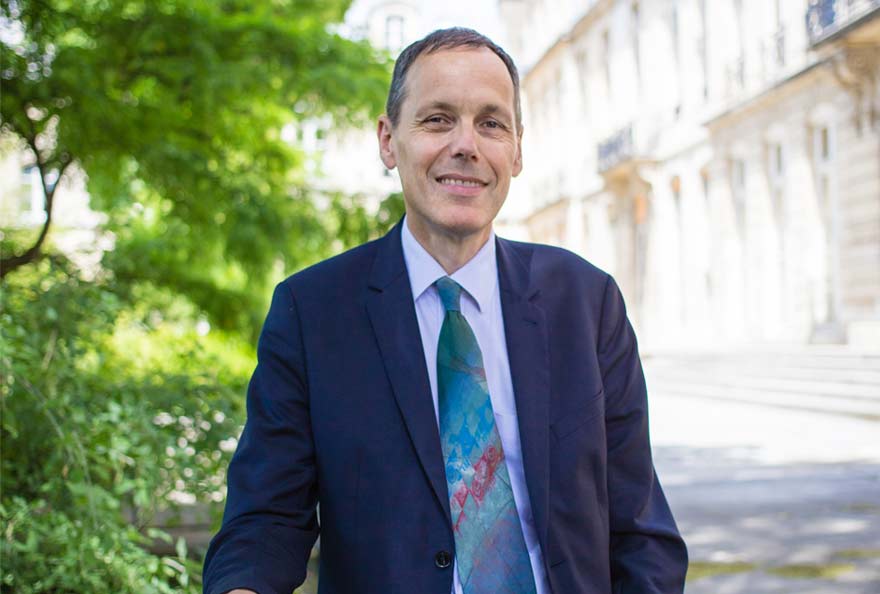Richard Hababou is Société Générale Group's Head of Innovation. Like Norbert AlterHe believes that "cooperation in business is the breeding ground for innovation". This breeding ground for innovation and creativity does not fit well with uniformity. Instead of "clones", innovation prefers explorers who know how to mix quirky, creative, even iconoclastic points of view. In order to innovate, it is essential to know not only the different professions in one's sector of activity, but also its history and philosophy.
Richard Hababou, while saying he is sensitive to current demands, while anticipating future imperatives, readily compares himself to the gardener who, before any new landscaping work, must be respectful of the heritage of which he is a part. The skills of a cultivated gardener to lead a department such as Société Générale's innovation department: interesting! Interview.
![]() Richard Hababou, what is your role as Head of Innovation at Société Générale Group?
Richard Hababou, what is your role as Head of Innovation at Société Générale Group?
Richard Hababou The Group's Innovation Department is a cross-functional department for all SG's business lines, i.e. the Group's innovation must instill a spirit of innovation to involve the entire internal ecosystem - the employees - in SG's innovation projects. Our action is to provide a vision of the outside world on innovation and grasp the technological or societal trends that are emerging around the company and society in general. Another mission is to trigger innovative projects that could have an impact on the bank's business lines.
We are pathfinders, gardeners in the culture of innovation, facilitators of early phase exploration of technological breakthroughs or breaks in societal trends that could impact the bank. We therefore work with the business lines to understand these disruptions before they have a full impact on our business.
It is therefore a role of coordination, of instilling ideas, forecasting, project responsibility, leadership and communication, also around innovation within the Group.
![]() How do you do it?
How do you do it?
HR : We have adopted a precise concept: open innovation. The structures and achievements revolve around this concept which, for us, is the opening of internal and external innovation. First of all, internally, because we have to know how to decompartmentalize and ensure that all employees, whatever their position and role within SG, have in mind that they are an actor of innovation: open, communicate, let people know, and make everyone's ideas and projects come to the fore. In all areas of innovation, whether it's foresight, participative innovation or breakthrough innovation projects, we break down barriers: everyone works with everyone!
Externally, we are setting up ecosystems which, once they have been decompartmentalized, allow us to have relationships with different innovation players internally; and this, of course, in the financial sphere, first of all in France, and even more widely, throughout the world.
Société Générale Group was rewarded last December by receiving the "Trophée Innovation Participative Animation d'une démarche Groupe, Catégorie Internationale" by the association Innov'Actors for the animation of their participatory innovation approach on an international scale. This award recognises Societe Generale's success in setting up an international innovation network of more than 600 Innov'Actors who mobilise employees from around the world. Highly involved throughout the year, these Innov'Acteurs support innovation and encourage the exchange of best practices across borders and across the bank's different businesses.
![]() That is to say, bridges with academic actors, public and/or private research laboratories,...?
That is to say, bridges with academic actors, public and/or private research laboratories,...?
HR : The entire external ecosystem has four main poles. The first, the academic pole of private/public research where we work on joint projects with schools, universities, research centres, such as theINRIAWe try to diversify from one year to the next. This makes it possible to broaden the spectrum within each sphere.
Second area of collaboration: the competitiveness centers. It is a link with research centres or universities, but also with start-ups and SMEs.
Another pole: our business partners, i.e. our major technology suppliers who are providers of innovation.
Finally, with live start-ups, from incubators, such as those of the City of Paris for example, which give us access to a deal flow of start-ups. We also work with the SME Pact, which gives us access to innovative SMEs.
![]() How do you work with these start-ups?
How do you work with these start-ups?
HR : We create events where SG principals and innovative start-ups or SMEs meet on specific themes. Start-ups come to us, pitch, and then have direct relations with SG principals.
We also work internally where, at the purchasing level, we have the capacity to be able to contract with these small companies in order to facilitate and fluidify relations between large and small companies which often depend on rigorous and fixed criteria.
![]() How does a Group like SG integrate new technologies into customer services?
How does a Group like SG integrate new technologies into customer services?
HR : We come back to our criterion of transversality. The work carried out in the Group's innovation activity also involves setting up the internal networks necessary for the business and Group innovation to work together. It is this joint work that will integrate innovations in each business line. In the SG Group's organisation, each business line has its own innovation department. For retail banking, it is marketing; for investment banking, it is research (financial engineering research); ...
The heart of the joint work system is the Laboratory: the "Lab by Société Générale", dedicated to experimenting with new business models and innovative breakthrough solutions, and Participatory Innovation. This Lab federates a network represented by all SG business lines and establishes a work programme according to the strategic needs of the Group's business lines, which is then proposed to the Group's management bodies and implemented at the Innovation Laboratory level. It is a business line/Group innovation binomial. The funding is shared, which makes it clear that there is a joint experimentation project department.
Thanks to the creativity of its teams, Societe Generale has, for example, launched this year "Demat' +"a digital, innovative and high-performance 100% consumer credit contract solution which was awarded the Grand Prix de l'Innovation 2012 by the Group's Executive Committee.
Another innovation: the first French banking application on iPhone accessible to blind people, improving the compatibility of the iPhone application with screen reading software. VoiceOver. This update of the Appli for iPhone thus integrates a virtual sound keyboard that simplifies the entry of the secret code by blind customers while remaining perfectly secure.
![]() With all these means in place, what will tomorrow's bank be?
With all these means in place, what will tomorrow's bank be?
HR : Without being mistaken, we can imagine the future as a linearly common mix between branches and electronic channels: intertwining the consumer's need to have human contact and the need to access his bank anywhere and anytime he wants. The challenge: to be able to make these two ways of accessing the bank transparent, "smooth transition"or a continuity of contacts (between human and electronic).
The right question to ask would be "how will the consumer consume the bank tomorrow". From our point of view, he will demand changes of a societal (transparency, proximity, exchange, advice) or technological nature, with the necessary access wherever, whenever and at whatever level of interaction he wishes.
Tomorrow, there will be the advisor/agency who will have to respond to demands that are more and more sophisticated but at the same time closer and closer to the client, the para-banker. Other service professions will be included as a mark of proximity to the client.
Then, there will be all of the customer's electronic interactions, in which the mobile will be the major player, as well as the Internet via this mobile, with converging operating systems and usage. In the field of payments, we will soon see a new stage in the dematerialization of bank cards thanks to mobile payment by NFC and the e-walletthe electronic wallet of tomorrow. But will the phone keep its current form? With the miniaturization of components, the smart card may become the phone of tomorrow ...
ATMs will be transformed: still cash but also sources of information, interactive windows that will become more and more personalized thanks to geolocation, visual and facial recognition ...
![]() You've been talking from the beginning about consumers, not technology. Is innovation in the SG Group based on needs and uses?
You've been talking from the beginning about consumers, not technology. Is innovation in the SG Group based on needs and uses?
HR : We try to meet the needs of consumer uses. Many of these uses have a technological underpinning. For example: when we work on new uses of the responsible investment type (investment in projects that we control and for which we know the purpose), a new need emerges, the crowd foundingThis means the possibility of pooling consumer funds to invest them in projects of a social or responsible nature. We, as a bank, see this new trend emerging and people are wondering what our role is: how to enable these people to make investments, in a secure, trustworthy environment, with elements of measured risk-taking that can help them make their decision. So we're working on electronic networking platforms: it's technology.
It is still proven today that banking is the most legitimate way to transfer money.
![]() Is the bank still legitimate in the financing of industrial projects? And especially for the financing of start-ups?
Is the bank still legitimate in the financing of industrial projects? And especially for the financing of start-ups?
HR The bank obviously has a key role to play in financing the economy. It also has a role to play as a customer of that economy.
Now, is the financing of start-ups part of this role? Not directly. Because the bank's business is risk-taking, but controlled risk-taking. The job of a start-up entrepreneur is pure risk-taking.
I worked for ten years in Silicon Valley to invest in start-ups: it's not the banks that finance them, it's venture capital funds. It's not the same job.
On the other hand, banks invest in venture capital funds that themselves invest in start-ups. It is not the bank's job to invest directly in start-ups.
![]() Working in open innovation, you identify start-ups very often looking for funding. How do you proceed?
Working in open innovation, you identify start-ups very often looking for funding. How do you proceed?
HR : There are financial instruments in banks that allow to finance start-ups, such as FCPIs in France, which are means of collecting savings to invest the capital of start-ups, through venture capitalists.
When the start-up grows, it can turn to the bank to take out a loan with various tools, such as Oseo for example.
![]() There is now general confusion among the general public about the role of banks in financing the French economy.
There is now general confusion among the general public about the role of banks in financing the French economy.
HR It's true that we need to educate people about the role of banks in the functioning of the economy, its business lines and its interactions with all the players in society.
We have a deficit of venture capitalists and angel investors in France compared to other countries, and some innovative companies may have decided to set up in other countries where they found appropriate financing infrastructures. In order to improve the initiatives taken by governments (Oseo, Ubifrance, Coface,...), start-ups should be allowed to start up with private funds and private venture capital should be developed by creating a dedicated financial infrastructure.
Open-innovation approaches, in particular with public or private incubators, contribute to this by helping start-ups to emerge; but the venture capital/start-up ecosystem is the key element in building a sustainable innovation landscape. We are fortunate in France to have an area of excellence in Research & Development, we also have a lot of talent and particularly in Hi-Tech, we must continue to develop an environment that is conducive to innovation.

